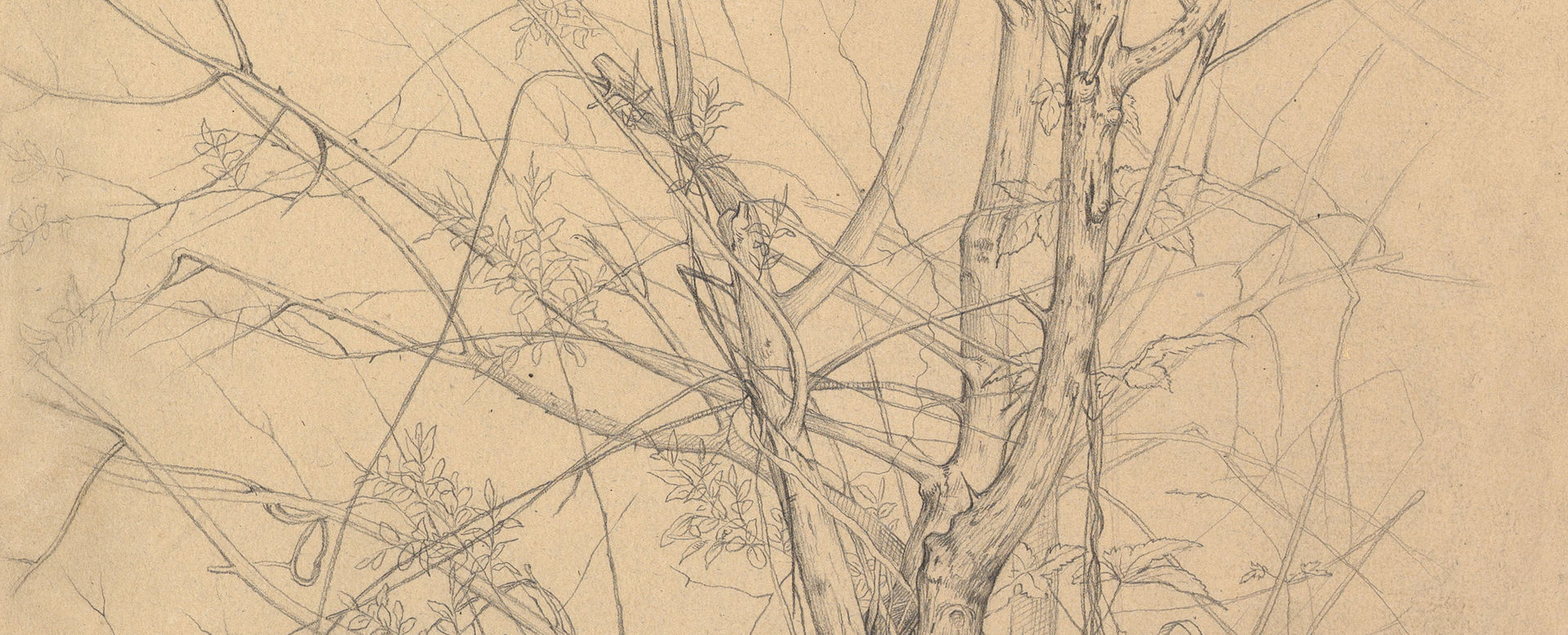Border Designs for the Mortlake "Acts of the Apostles" Tapestries
Franz Cleyn German
Not on view
These two large watercolors represent the design for the right and left side of the border of a tapestry. They were designed by Franz (Francis) Cleyn for the Mortlake Manufactory to frame the famous ‘Acts of the Apostles’ tapestries, created after the original cartoons designed by Raphael which had been purchased by King Charles while still Prince of Wales (seven survive and are now at the Victoria & Albert Museum in London). The designs for the border are at reduced scale, but they are worked out in great detail. The decorations consist of cartouches in which various scenes from the Old and New Testament have been depicted in bronze and orange tones, possibly to simulate cameos. Most scenes correspond with the finished tapestry, but some have been given a new location or were replaced all together. In between the cartouches, putti are depicted holding up coats of arms with symbolic imagery. The corner of the frame are decorated with the symbols of the Four Evangelists, accompanied by putti holding up books. The figures in the drawings betray the influence of the celebrated Flemish artists Sir Anthony Van Dyck and Peter Paul Rubens, and the cartouche designs reflect popular contemporary ornament prints, published by artists such as the Italian printmaker Agostino Mitelli.
It is presumed that these drawings functioned as presentation drawings, shown to King Charles I for his approval, prior to the production of the tapestries. Indeed, King Charles I owned a set of the tapestries, which were woven between 1626 and 1636 and eventually sold after his death. They were purchased by the French minster of state Abel Servien. In 1659, they were acquired by Cardinal Mazarin, and subsequently entered the Royal Collection under King Louis XIV. The tapestry for which these borders were designed survives to this day in the Mobilier National.
Franz Cleyn is considered one of the most significant artists working in England in the first half of the seventeenth century, and forms a link in the chain of British court artists from Hans Holbein the Younger and Inigo Jones to James Thornhill, whose career flourished after the reparation of the monarchy. While Cleyn designed for a range of media, he is best known as the designer of tapestries for the factory at Mortlake. He retained his association with Mortlake even under the Commonwealth.
Due to rights restrictions, this image cannot be enlarged, viewed at full screen, or downloaded.





